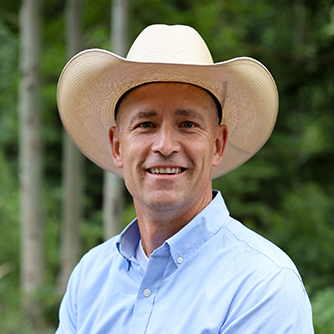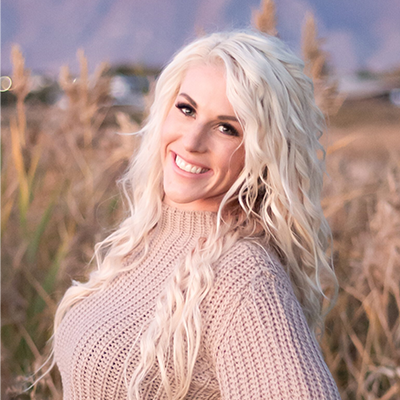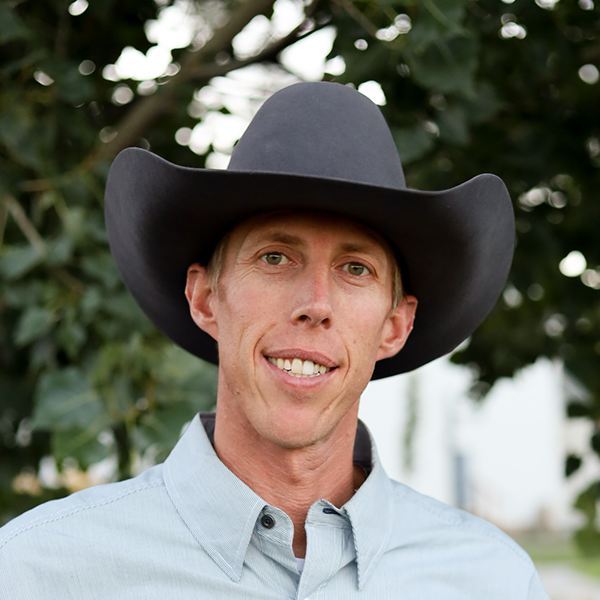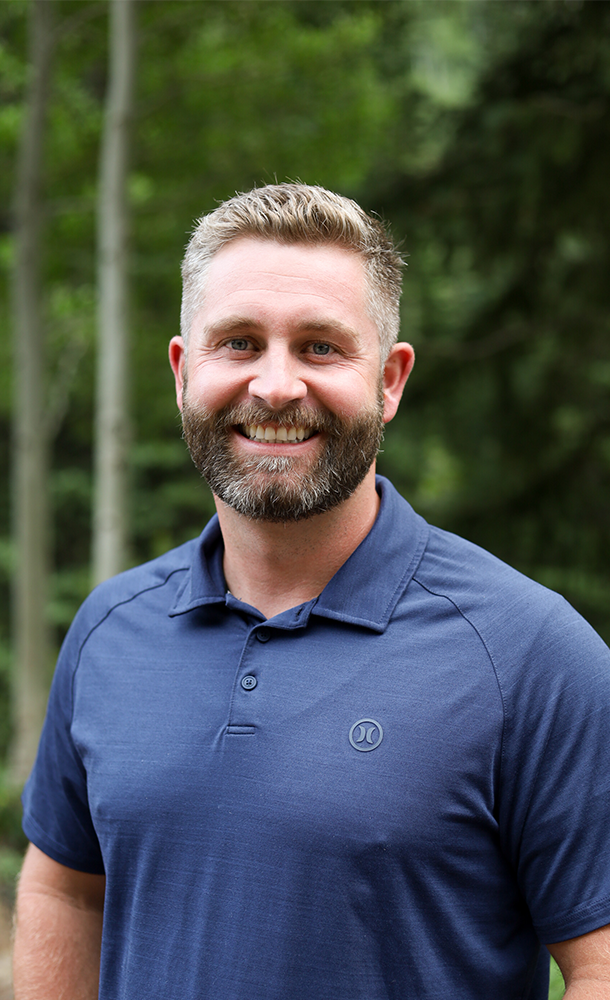There are many helpful tools for ranchers exploring pasture, rangeland, and forage (PRF) insurance — but finding the right one can mean the difference between a decent policy and one that keeps the family ranching for generations.
USDA’s PRF decision support tool, often called the “grid tool,” is one of the most well-known. This publicly accessible platform provides rainfall index data by grid and allows users to explore how PRF coverage would have performed over the years in a specific location.
For producers looking to understand historical precipitation trends within mountains of data, it’s a helpful place to start.
But Brad Beck, account manager at Redd Summit Advisors, says when it comes to designing a policy that aligns with an operation’s specific risk exposure, grazing patterns and seasonal needs, the grid tool doesn’t have the bandwidth.
“The USDA grid tool is a data-heavy, non-user-friendly system,” he says. “It does have all of the historical information, but that’s where it stops.”
Beck explains the software’s development was not intended to help producers analyze that information, and it doesn’t guide them through building a policy structure that works for their operation. Even tech-savvy users can find themselves overwhelmed by the amount of data and unsure how to apply it.
Where the USDA grid tool ends, Redd Summit’s work begins. The agency uses the same grid-level data the USDA provides, but layers it with their own proprietary software and human expertise. Their tools simulate every available policy structure — which can total up to 63,000 combinations in a single grid, according to Beck. And if a ranch spans multiple grids?
“That can be up to 19 billion combinations,” he says.
And that’s just the math. The real value comes in strategy — helping producers navigate those combinations to match coverage with their specific risk profile, land layout, and comfort level. Beck emphasizes PRF isn’t one-size-fits-all, and using a generic tool can give producers a false sense of security.
“Most ranchers don’t have the time or the background to evaluate that many options and align them with their goals. That’s what we do at Redd Summit,” he says.
Agents provide direction by sitting down with producers to walk through historical patterns, explain what’s driving potential payouts, and clarify how a custom quote supports their operation. It’s a level of service that goes far beyond what the USDA grid tool is intended to provide.
“We’re going to talk about your land. We’re going to talk about what months are important to you. We’ll look at your historical data and help you see where the risk really is,” Beck says. “From there, we build a quote that’s tied to your goals — not a generic strategy.”
This customized approach helps ranchers not only understand what their policy covers, but also why it was structured that way. Instead of guessing at optimal coverage intervals or blindly picking from a dropdown menu, Redd Summit clients get a full breakdown of how each decision point in the quote supports their operation.
That kind of transparency is what builds confidence in the policy — and ensures it performs the way producers need it to when rainfall falls short.
“Our goal is not just to provide PRF coverage,” Beck says, “but to set it up strategically so that it can work for ranchers.”


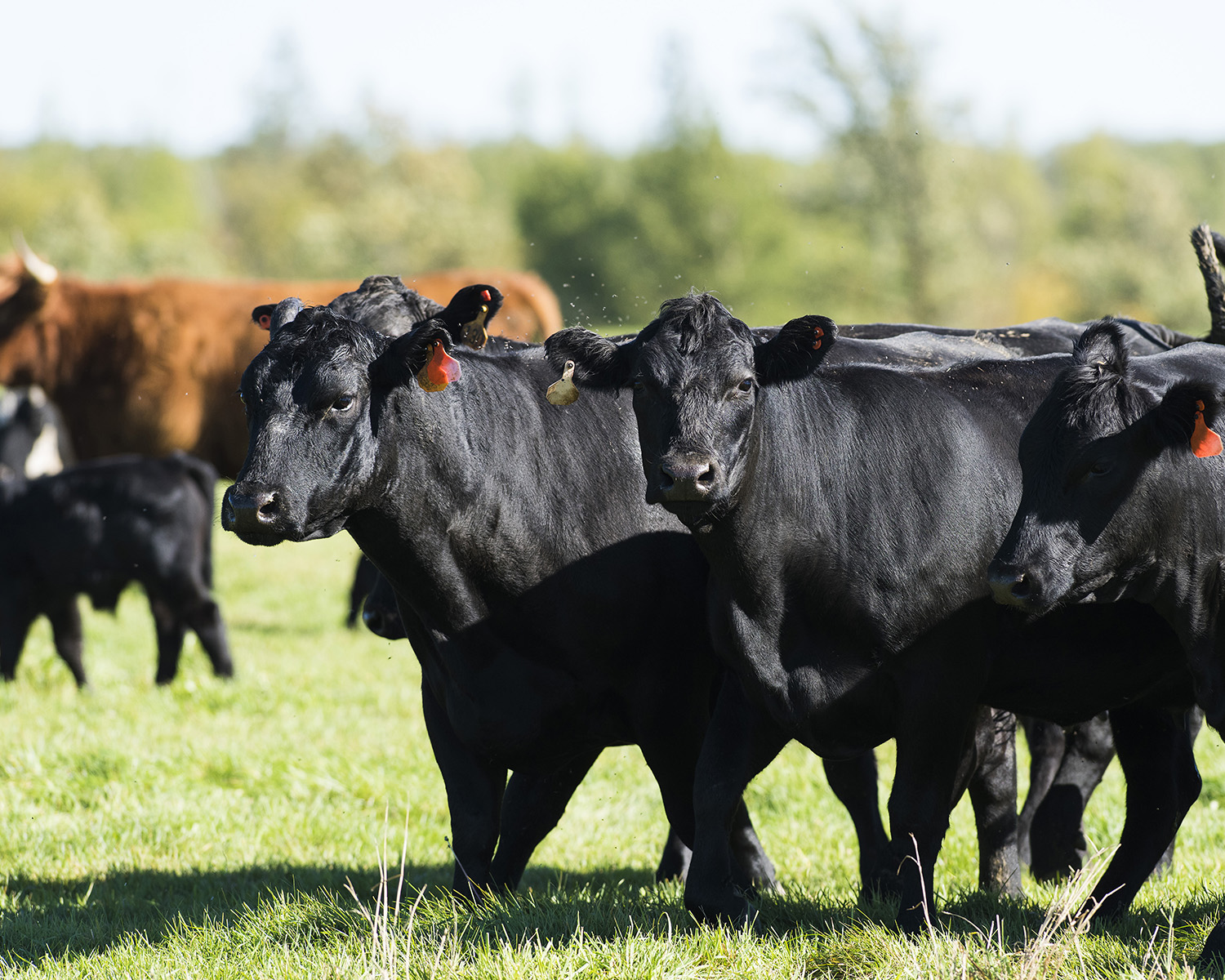
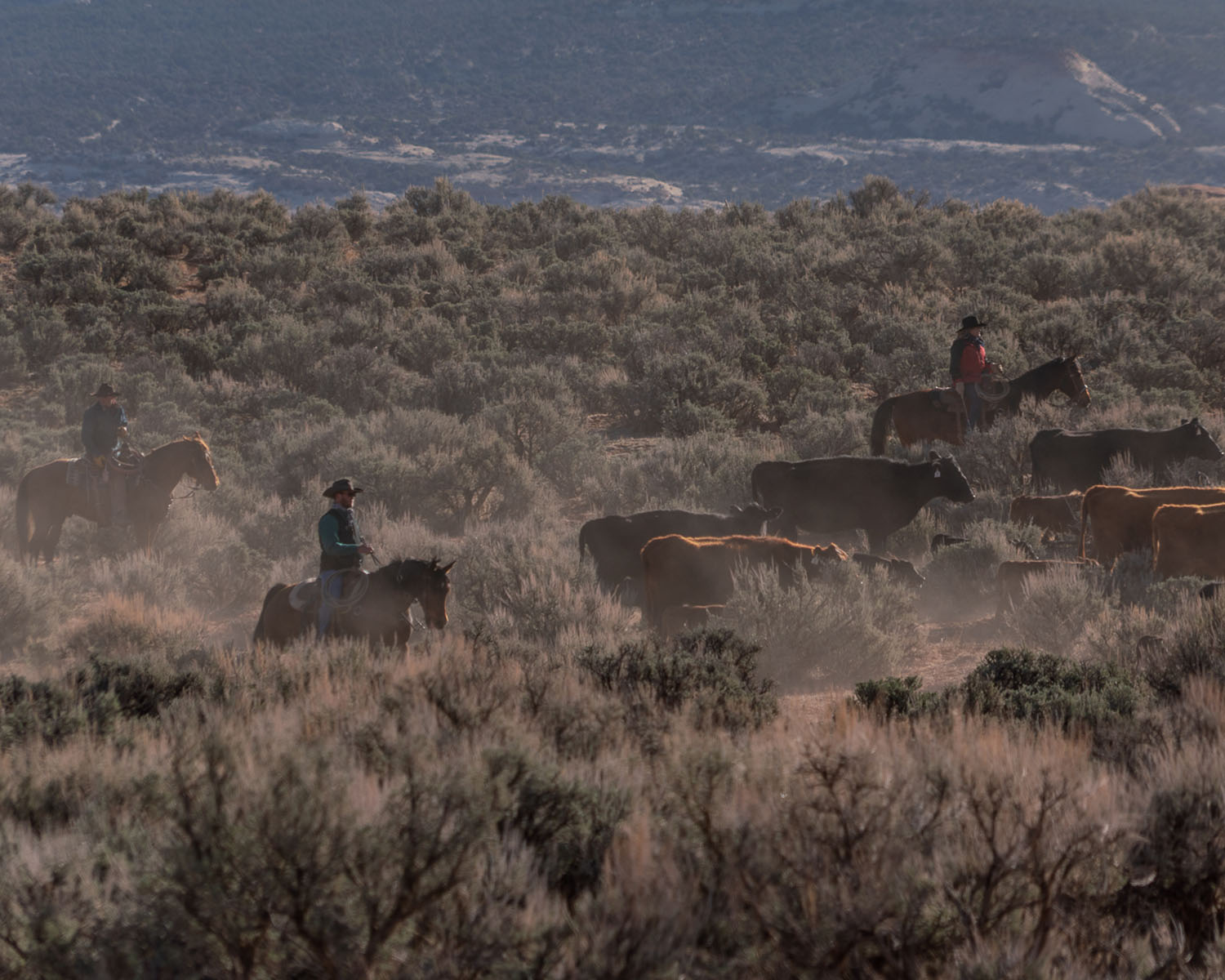
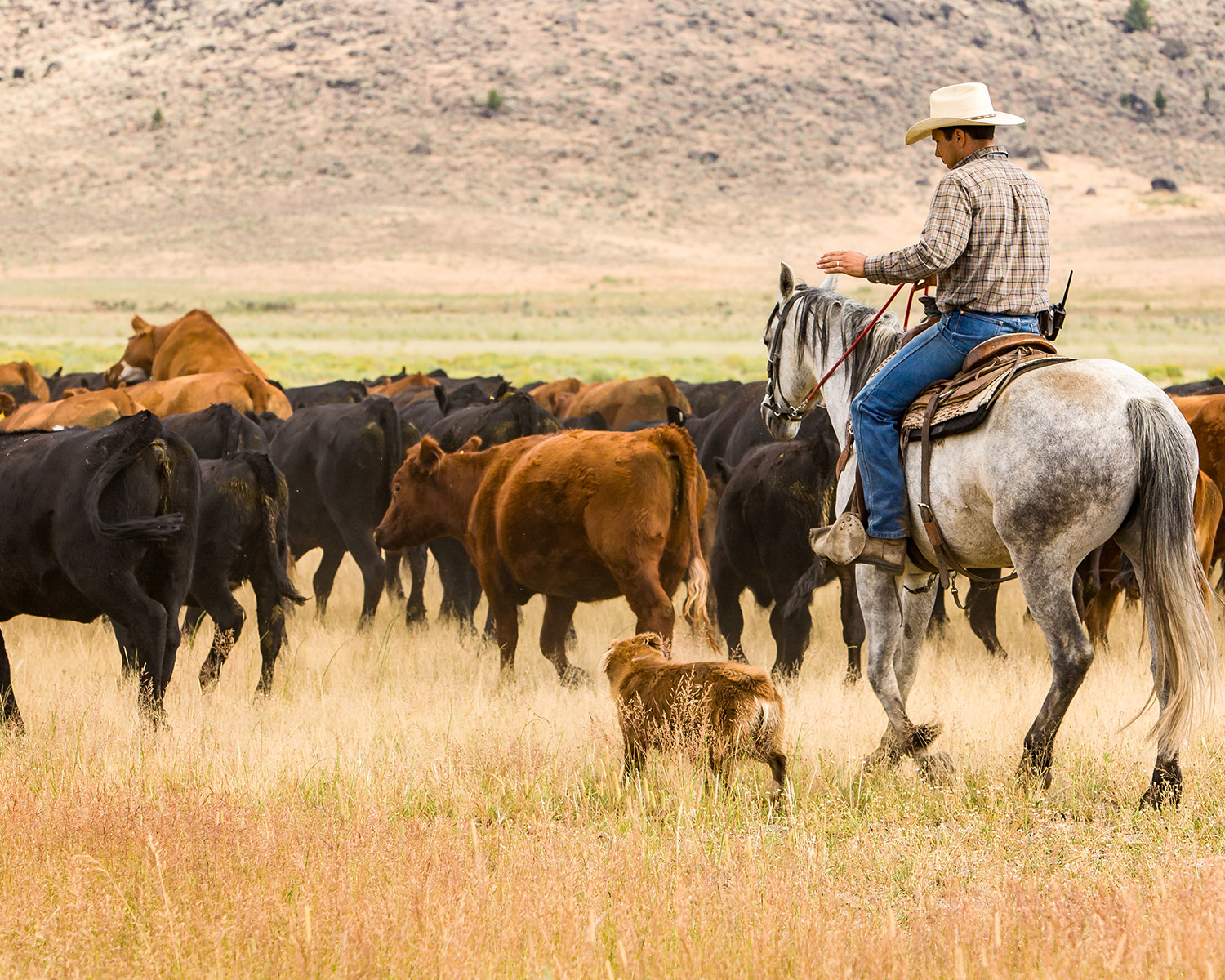
.webp)

